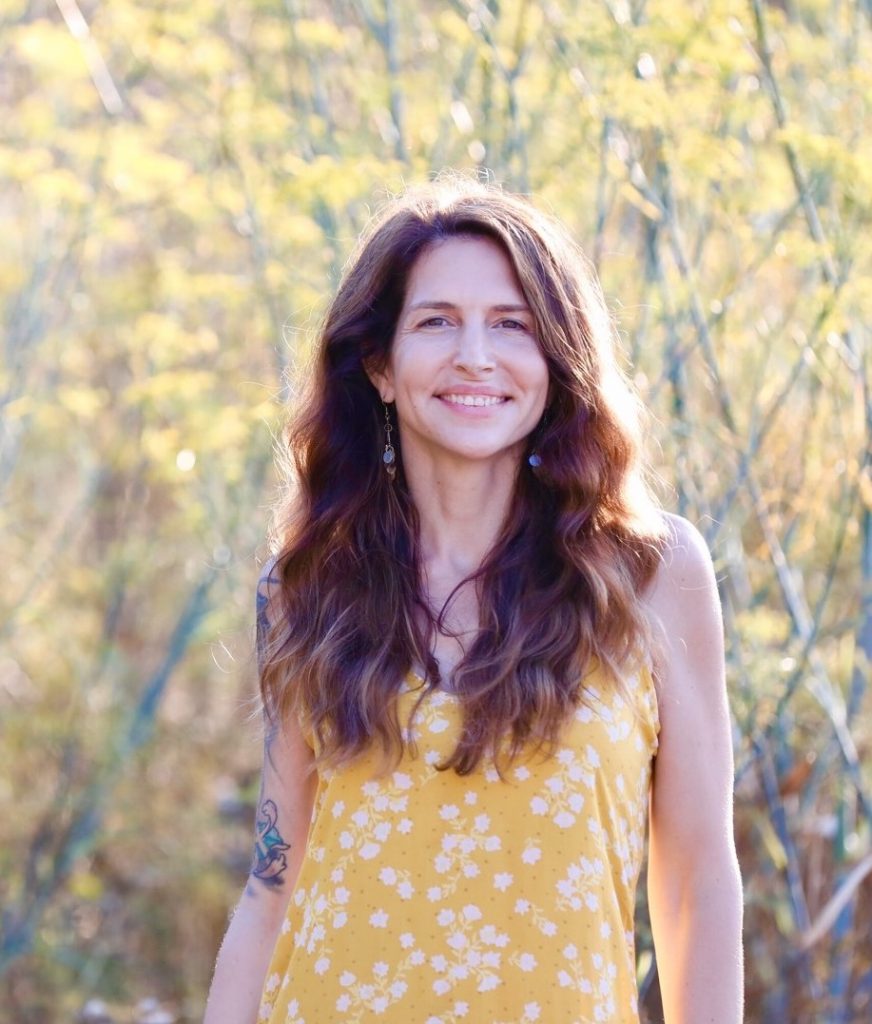When it comes down to it, everything I\’ve studied and practiced over the past 20 years has been about healing. I\’ve looked at healing from spiritual, material, creative, energetic, psychological and physical perspectives. Today, both my business and personal development work focuses on how I can best facilitate and teach healing practices.
And so, for this week\’s article, I\’m going to talk about ways you can incorporate healing practices into your everyday life.
Paths to Healing
What helps us heal? This is a big question.
From my experience, I can say that healing methods help a person – or in some cases a group of people – heal themselves. These methods often include one or more of the following perspectives or techniques:
The Big YES!
- The first step to healing comes when we honor our truth and accept it fully. This easy access to healing could be called the big YES! And this YES! is ultimately about alignment. Our joy, our natural flow, and easy expression of our core selves is most present when our actions and choices are in alignment with how we truly feel.
- We can use the big YES! to bring healing to institutions, ecosystems, and even home environments. This happens when – as a business or as a society – we make sure our actions match the missions we collectively set for ourselves.
- To bring more healing into your life, first pay attention to what you love. Then, chose to do more of it. When people talk about “doing what you love” and “finding your bliss” they are acknowledging this healing tenant.
Bring Together What is Supportive
- When we heal, we bring together things that add to our well-being. Think of this in terms of nourishment. We take vitamins and minerals to feed our bodies what they need to heal. So, if we see a lack of health in one area of our lives, we can ask ourselves: what\’s undercutting my sense of well-being and what can I bring into my life that will support it?
- To bring healing into our lives, we can exercise, feed ourselves good food and surround ourselves with good company. We can turn to supportive friends and institutions when in need. And we can turn-inward and ask ourselves what things or which people truly support us.
Remove What is Unsupportive
- Sometimes, adding support to our lives is not enough. Sometimes we need to remove what\’s not supportive. The climbing wisteria might be destroying the building. The delicious meal might contain an allergen. There are times when what was once supportive stops being so. For example, you may have shared a supportive relationship with someone that stopped being supportive as you and the other person changed. If this is the case, it might be time to end the relationship. And, sometimes things appear to have no use – or at worst, might be doing harm. We cut out cancer. We medicate depression. These illnesses interrupt our health, so we work as best we can to remove them from our lives.
- One thing we can do to partner with our health is to pay attention to our inner critic. When we observe our inner critic at work – and especially when we catch ourselves in a moment of negative self-talk – we can chose to tune into a more positive inner voice. Over time, we can work to remove our inner critic from our inner council.
- We can also look through our life to find the things that no longer serve us. We can elect to let these things go even if our sense of nostalgia has us hanging on.
Focus on What We Want
- The whole point of intention and positive thinking is to help orient us in the direction we want to go. When we bring an intention to our lives, we focus our attention on a desirable outcome or behavior. We might dedicate our intention towards our self-empowerment or towards creating an ideal business.
- If you want to use intention and positive thinking to bolster your life, add things to your environment that remind you of your goals. You can also set your intention at the beginning of every day or each event. This will keep your intention fresh and will help you steadily achieve your goals.
Mend What is Broken
- One of the words associated with healing is \”mending\”. Sometimes things get torn apart. We mend a broken bone, a busted fence and even a broken heart. In Shamanic traditions, soul retrieval is a form of mending. It reconnects a person with previously disconnected parts of themselves.
- Mending usually emerges out of necessity. We mend something after it has been broken. So, pay attention to how many things in your life are broken. Do you have broken objects, broken relationships, or broken agreements that need to be mended so that you can move in the direction of your healing? If so, begin to put effort into fixing these things so that they no longer drain your energy.
When you bring healing into your life, you\’re likely to be working with these basic techniques to promote your well-being. As you become more and more familiar with these healing methods, it becomes easier to build them into your life, business, or environment in ways that maintain and strengthen your health.

